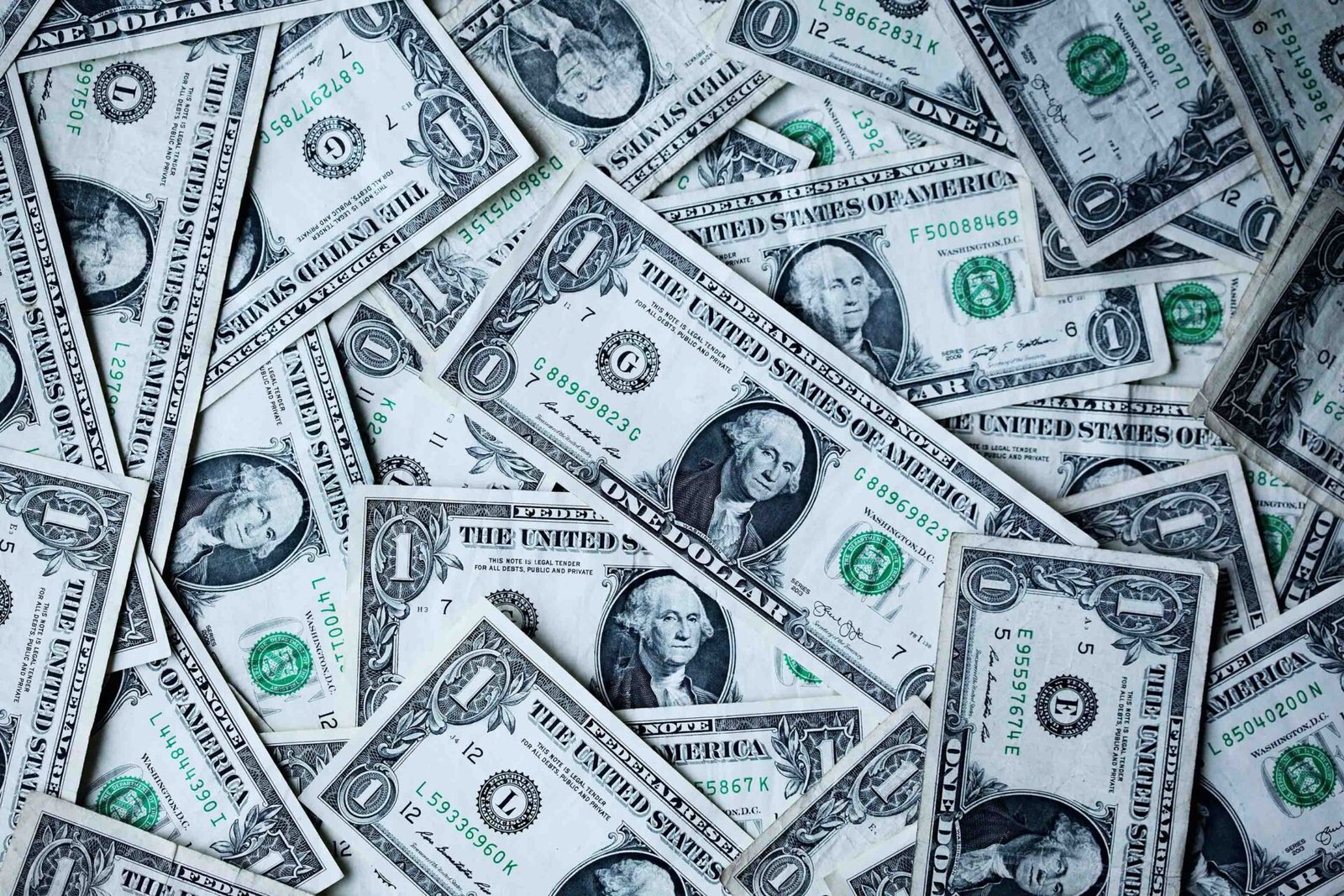The American financial arena has observed the dollar’s resilience for five consecutive weeks, demonstrating its strength. As Monday dawned, both traders and institutional investors looked eagerly toward the Federal Reserve’s Jackson Hole symposium. One of the pressing questions on everyone’s mind was about the eventual resting place for rates once the current rate-hiking cycle concludes.
Last week’s numbers offered some insights. The U.S. dollar had a favorable week, registering a 0.7% rise against the euro. Additionally, it made modest advancements against the yen and posted a commendable gain of over 1% against the Antipodean currencies. Such a performance coincided with the U.S. Treasury yields surging, driven by the expectation that interest rates would remain high for an extended period.
When analyzing specific currencies, both the Australian and New Zealand dollars warrant attention. The Australian dollar was valued at $0.6402, and the New Zealand counterpart stood at $0.5919. Both hovered near their respective nine-month lows, a result that followed a somewhat underwhelming rate cut decision by China. This move left the global markets somewhat perturbed, raising concerns about China’s economic momentum or the potential lack thereof.
Delving deeper into China’s decisions, the economic giant chose to reduce its one-year benchmark lending rate by just 10 basis points. Meanwhile, it opted to maintain its five-year rate, defying some economists’ anticipation of a 15 basis point cut to both rates. This conservative approach by China manifested in the yuan’s performance. Despite the central bank’s efforts to define a robust trading range, the yuan slipped, coming close to the precarious 7.3 per dollar mark. Its last recorded trade was at 7.3077. Interestingly, even with this drop, it managed to evade the previous week’s lows, which had triggered state bank purchases in major global financial hubs like London and New York.
Adam Cole, RBC Capital Markets’ Chief Currency Strategist, offered some perspective on this. He noted, “Authorities are hyper-aware of the potential pitfalls of rekindling a property market surge. The currency’s downward trajectory seems to be a preferred policy lever, serving as an escape route of sorts.” Cole further extrapolated that such trends were expected to persist. He added, “This unsurprisingly influences G10 currencies, especially highlighting the underperformance of the Aussie dollar.”
It’s essential to understand the role of Antipodean currencies. Given their proximity and trade relations, they often act as a tangible representation of the yuan’s health, largely due to their significant exports to China. This interrelation makes them doubly susceptible, especially when rate speculations bolster the U.S. dollar.
Another currency to monitor is the yen. Like the yuan, it is closely observed for potential interventions. The yen had previously plummeted to such levels that prompted intervention by the Japanese authorities. At the start of European trading sessions, it remained stable, priced at 145.44 a dollar. In contrast, the euro showed signs of vitality, climbing to $1.0885. Other notable currencies included Sterling, which floated at $1.2726, and the Swiss franc, which slightly surpassed its six-week nadir, settling at 0.88 per dollar.
A broader view is offered by the dollar index, comparing the U.S. currency against a basket of six major counterparts. It reported a minor dip of 0.06%, reaching 103.33, a whisker away from its two-month zenith of 103.68 recorded the previous Friday.
Beyond the immediate fluctuations and the watchful eyes on China’s economic decisions, the global financial community’s gaze is fixed on the Jackson Hole symposium. It is here that Jerome Powell, the Fed chair, is slated to address the audience. His words, undeniably, will play a pivotal role in shaping the direction of U.S. Treasury yields.
Historical data adds context. Ten-year yields observed a rise of 14 basis points over the week, hitting a 10-month peak of 4.328%. This figure is tantalizingly close to a 15-year record. On a similar note, thirty-year yields advanced nearly 11 bps, marking their highest in over ten years.
This year, the symposium has chosen the theme “structural shifts in the global economy.” It’s a subject of immense significance and debate among global economic thought leaders. Vishnu Varathan, the head of economics and strategy at Mizuho Bank in Singapore, weighed in on this. He posited, “There are two critical narratives emerging. First, the era of ultra-low rates, underpinned by minimal inflation, might be winding down. Second, global decision-makers might lean towards upholding restrictive real rates for an extended period. This approach could inadvertently keep the volatile inflation threat alive.”
Lastly, Bitcoin, the premier cryptocurrency, deserves a mention. It faced a tumultuous week, plunging to a two-month trough. The culprits? Rising U.S. yields combined with apprehensions over China’s decelerating economy instigated a significant selloff. Despite this, at the time of reporting, Bitcoin showed resilience, holding steady at $26,000.
Read More:
